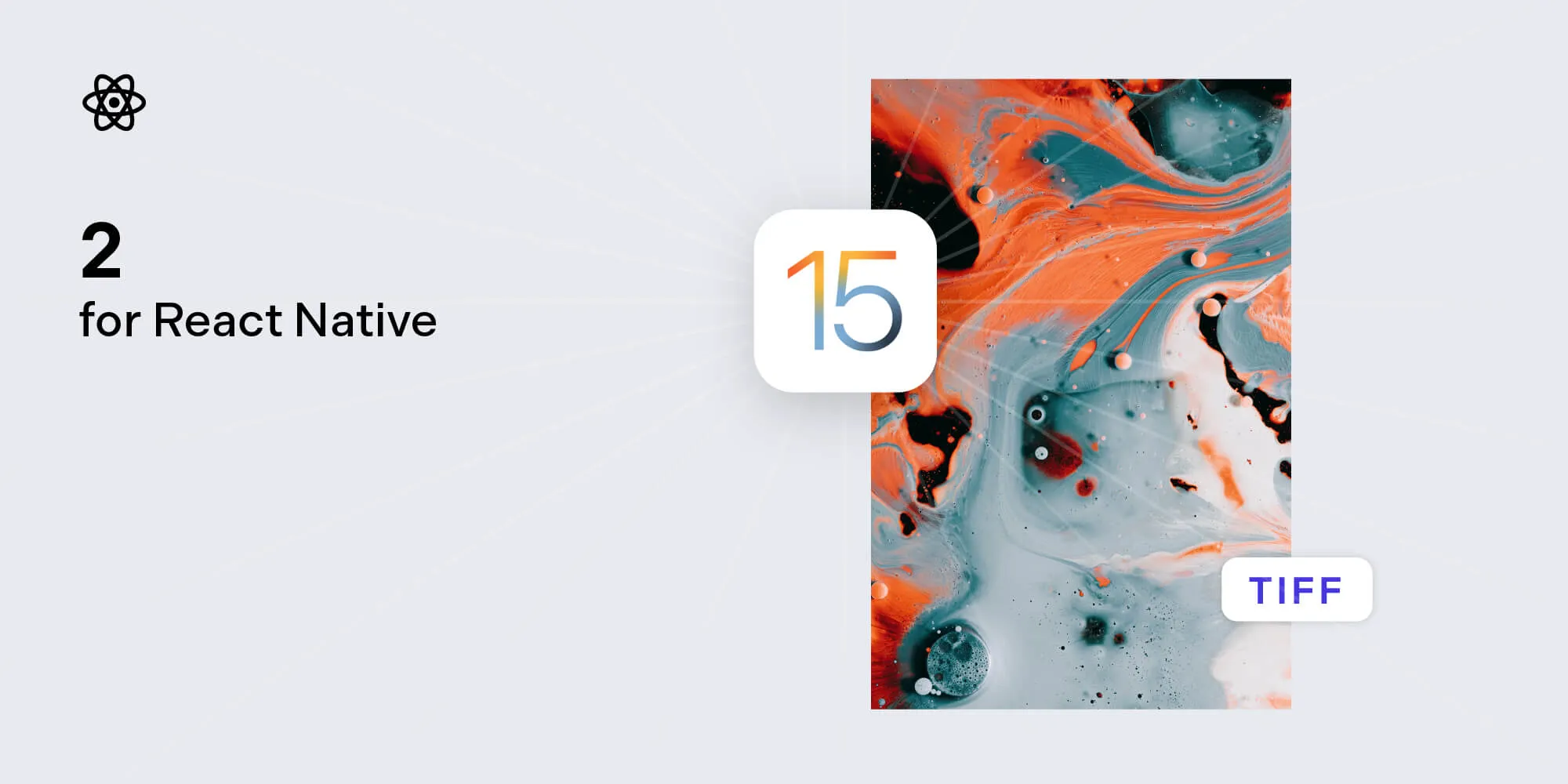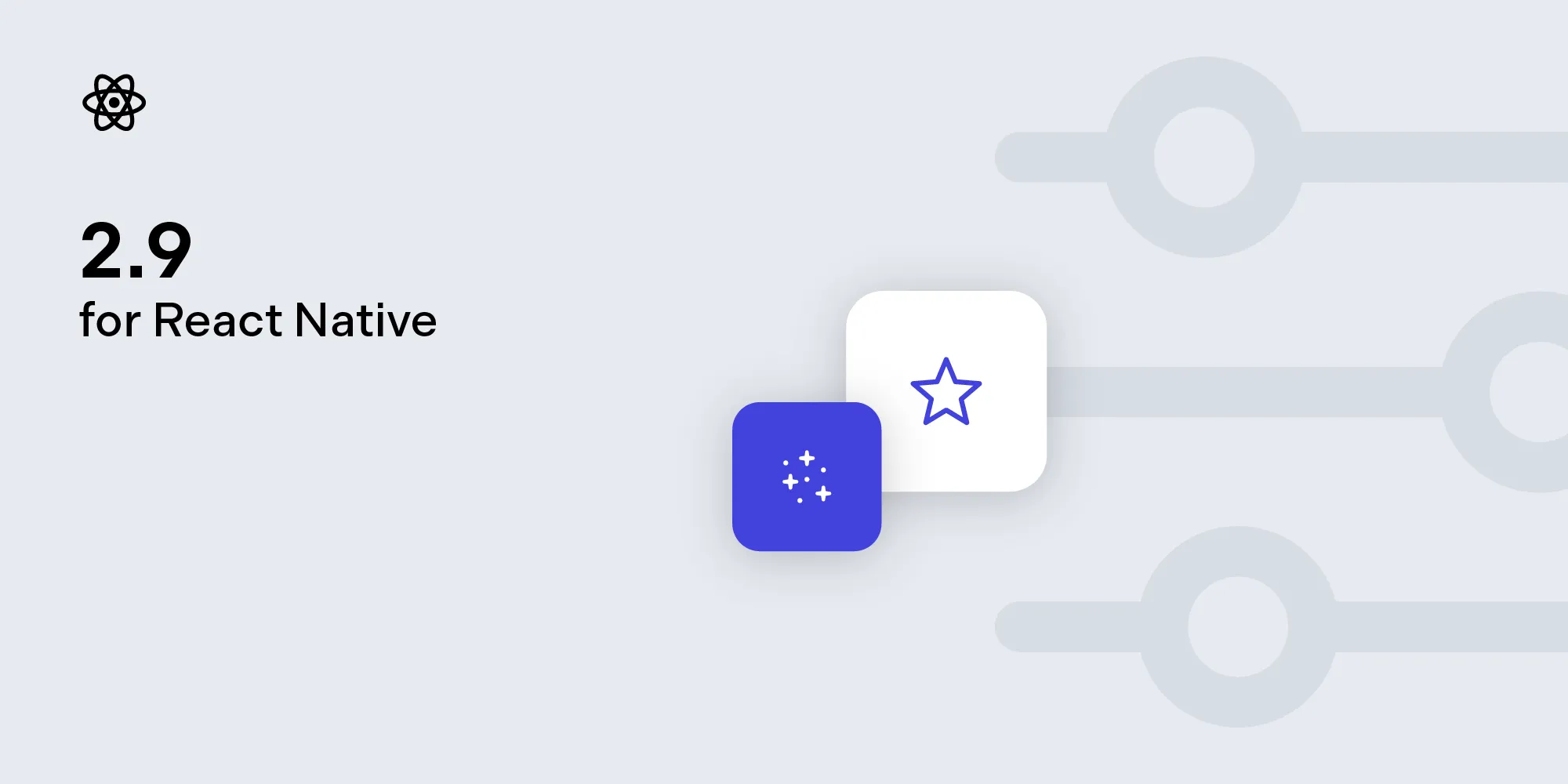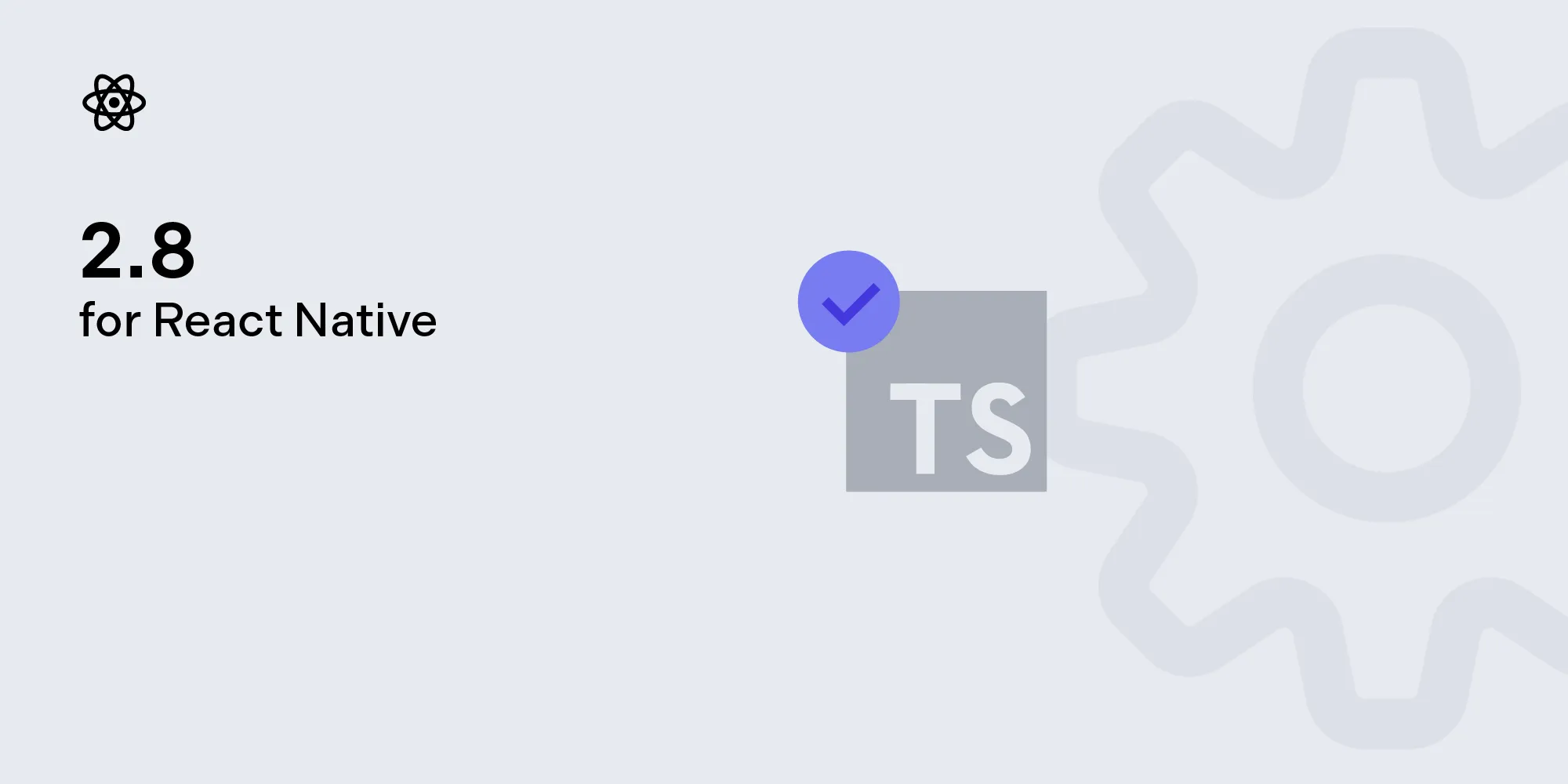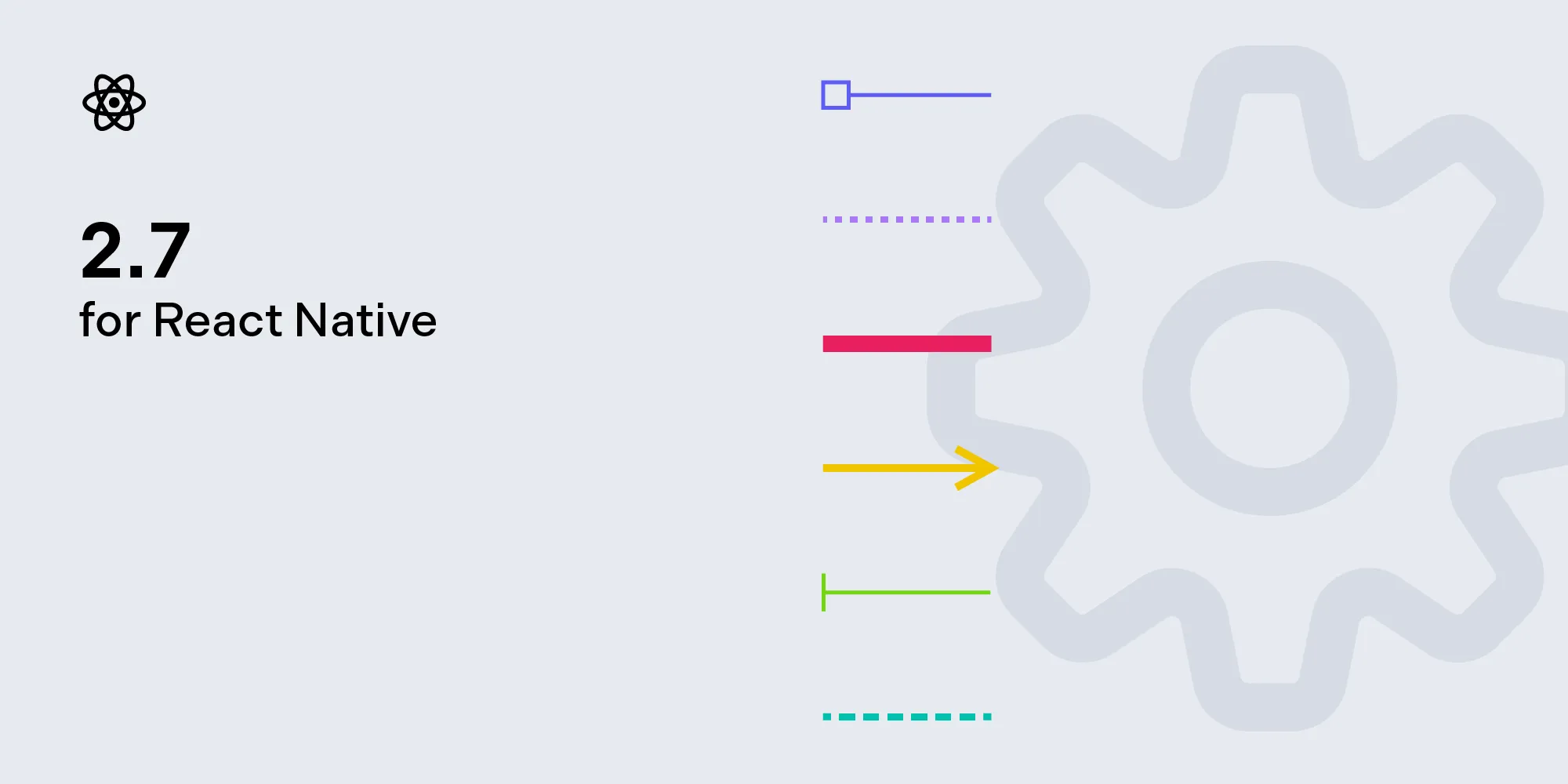Nutrient React Native SDK 2 adds TIFF image documents
Table of contents

Version 2 of Nutrient’s React Native PDF SDK introduces support for TIFF image documents, alongside existing PNG and JPEG capabilities. The update includes overhauled example projects with unified code for Android and iOS platforms, updated dependencies, and a new helper method for setting license keys across platforms. These improvements align with React Native best practices while simplifying cross-platform development.
We’re excited to announce the newest version of our React Native PDF SDK! Version 2 adds the ability to open TIFF images(opens in a new tab) as image documents, overhauls our example projects, and adds several minor fixes and improvements.
Support for TIFF image documents
Starting with Nutrient React Native SDK 2, you can open .tiff files in addition to the already supported .png and .jpeg image files. All you need to do is add the following:
// Nutrient can open PNG, JPEG, and TIFF image files directly.Nutrient.present(tiffImagePath, tiffImageConfiguration);All-new fresh example projects
Nutrient React Native SDK 2 completely overhauls both our Catalog(opens in a new tab) and Native Catalog(opens in a new tab) example projects. We merged the separate JavaScript files for Android and iOS into a single unified file that works on both platforms. This is consistent with React Native best practices(opens in a new tab) and makes the code easier to understand. In addition, we updated all project dependencies and made a lot of minor code improvements. We also fixed several warnings that were present due to the use of old dependencies and deprecated code.
And more!
This release also includes a helper method, setLicenseKeys, which allows users to directly set the license key for both platforms at once instead of manually checking for the platform and setting the license keys. We also updated React Native and all dependencies to the newest version. However, this is just the beginning, and we’ll be working on more improvements — especially the unification of Android and iOS APIs. If you come across anything missing in our React Native library that you think would be useful to have, feel free to contact us.
As always, to see a complete list of changes, check out the Nutrient React Native SDK 2 changelog.
If you’re interested in Nutrient React Native SDK, contact our Sales team. For a complete list of features, please visit our product page. We’d love to hear about your use case and discuss how to best implement it.







